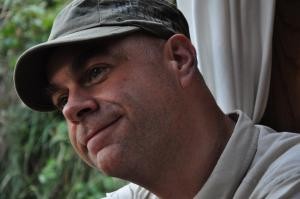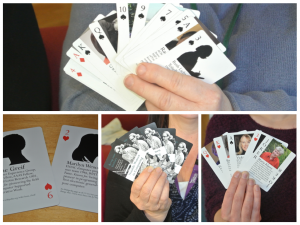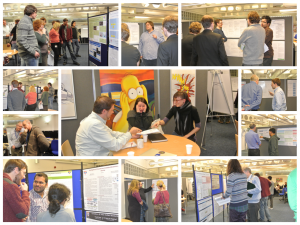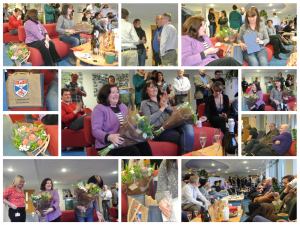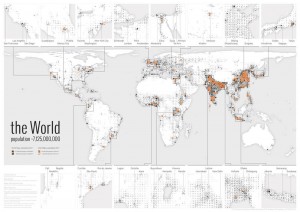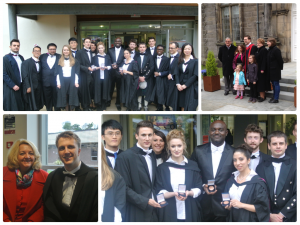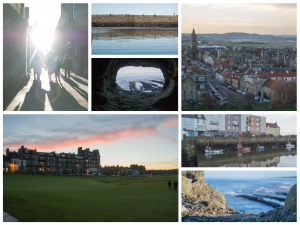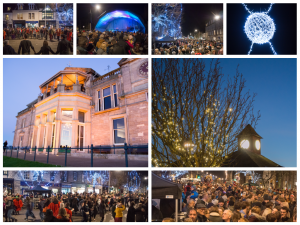Speaker: Nick Taylor, University of Dundee
Date/Time: 2-3pm March 10, 2015
Location: CS1.33a, University of St Andrews
Abstract:
Engagement with local issues is typically very low, despite digital technologies opening up more channels for citizens to access information and get involved than ever before. This talk will present research around the use of simple physical interfaces in public spaces to lower barriers to participation and engage a wider audience in local issues. It will also explore the potential for moving beyond top-down interventions to support sustainable grassroots innovation, in which citizens can develop their own solutions to local issues.
Bio:
Nick Taylor is a Lecturer and Dundee Fellow in the Duncan of Jordanstone College of Art and Design at the University of Dundee. His research interests involve the use of novel technologies in social contexts, particularly in communities and public spaces. This has involved the exploration of technologies to support civic engagement in local democracy, public displays supporting community awareness and heritage, as well as methods of engaging communities in design.
This seminar is part of our ongoing series from researchers in HCI. See here for our current schedule.
Event details
- When: 10th March 2015 14:00 - 15:00
- Where: Cole 1.33a
- Format: Seminar


